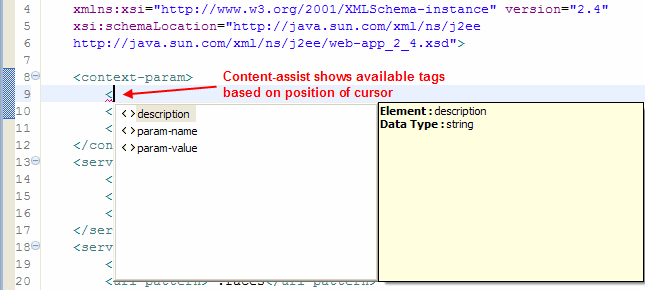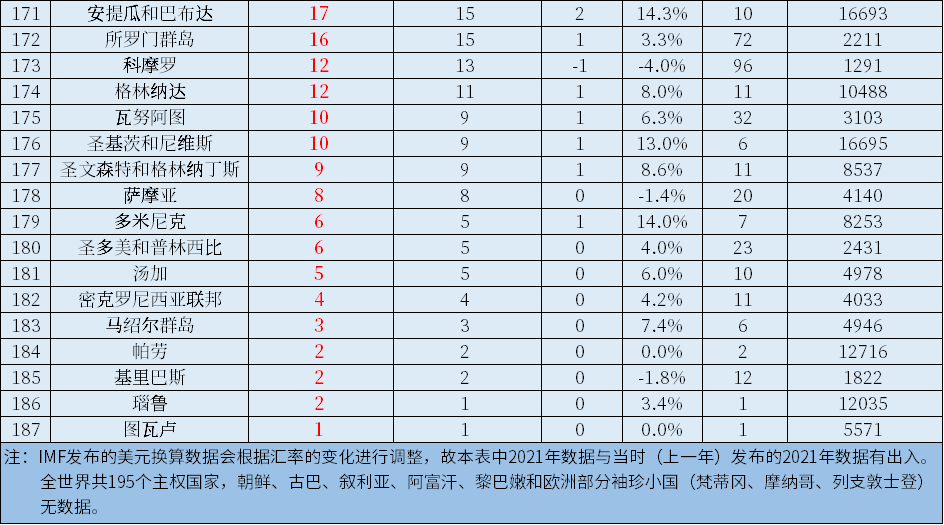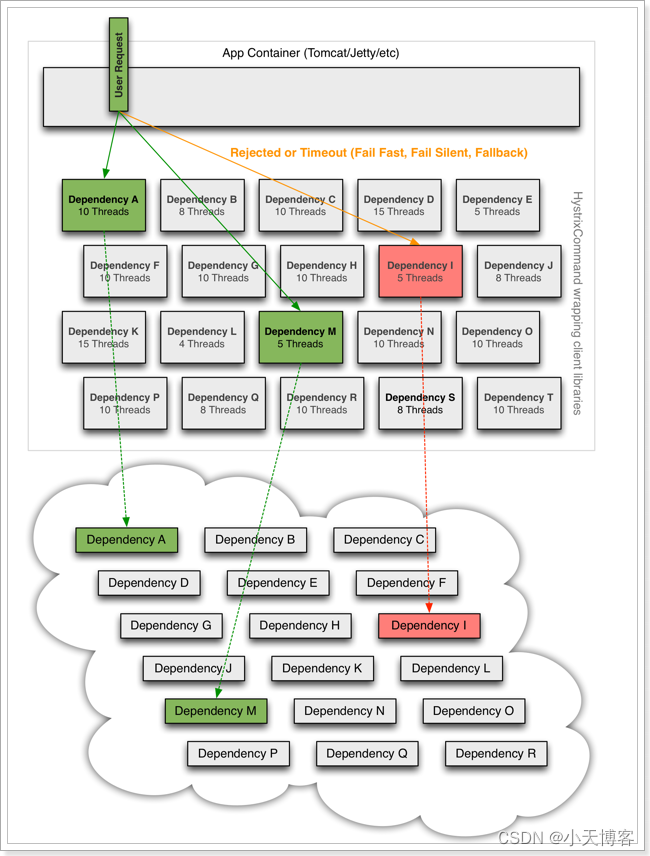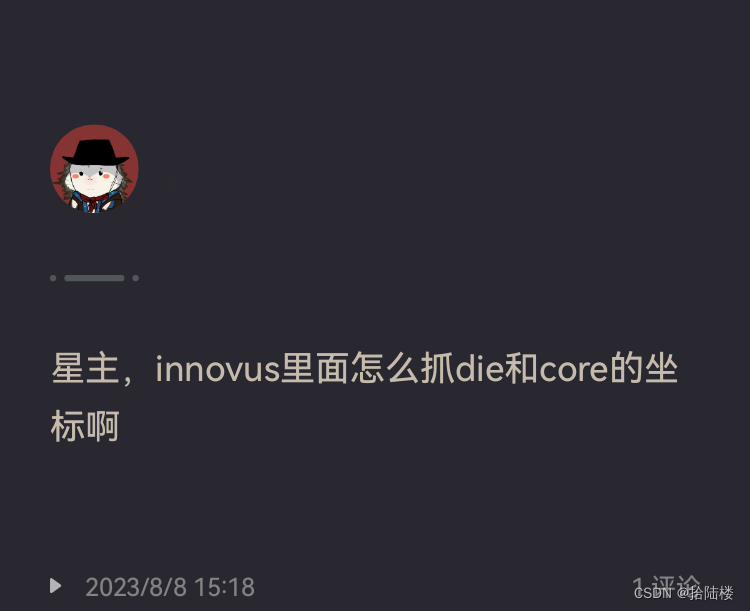

我正在「拾陆楼」和朋友们讨论有趣的话题,你⼀起来吧?
拾陆楼知识星球入口

Examples of dbGet Command
1. Find the top name of the design
dbGet top.name
2. Get all the attributes of a selected object
dbGet selected.??
If you press tab key after a . (dot) it will display all the possible options there. you can try
dbGet top.<press tab here>
3. Get the name of the selected object (instance, net, ports or any other objects).
dbGet selected.name
4. Get the cell name of a selected Instance.
dbGet selected.cell.name
5. Get all the pins of a selected Instance.
dbGet selected.cell.terms.name
6. Get the database unit
dbGet head.dbUnits
7. Get the manufacturing grid value
dbGet head.mfgGrid
8. Get all the layers name
dbGet head.layers.name
Please let me know in the comment that it returns only routing layers or base layers too
9. Get all the routing layers name
dbGet [dbGet head.layers.type routing -p].name
Alternatively, getAllLayers metal can also be used
10. Get the parameters of any particular routing layer (like Masks, Directions, pitch, minWidth, minSpacing etc )
dbGet [dbGet [dbGet head.layers.type routing -p].name *2 -p].minWidth
11. Get the information of a cell which is present in std. cell library but not in design.
dbGet head.libCells.name <cell_name>
Then you can find many things like all available Drive strengths, Vt type etc.
You can also use another way : get_lib_cells <cell_name>
12. Get the pointers of all the cells which are used more than 100 times in the design
dbGet [dbGet head.allCells.objType libCell -p]{.numRefs > 100}
13. Get all the inverter cells available in the library.
dbGet [dbGet head.libCells.isInverter 1 -p].name
14. Get the size of your block
dbGet top.fPlan.box.size
15. Get the area of a block
dbGet top.fPlan.area
16. Get all the power domains availble in the design
dbGet top.fPlan.groups.pd.name
17. Find all the block level ports name
dbGet top.terms.name
18. Find the metal layers used in block level IO ports
dbGet top.terms.pins.allShapes.layer.name -u
19. Get the count of block level ports
dbGet top.numTerms
or you can also use
llength [dbGet top.terms]
20. Get all input and output ports
dbGet top.numInputs
llength [dbGet top.terms.inOutput 1 -p]
21. Get all clock and scan clock pins
llength [dbGet top.terms.isClk 1 -p]
llength [dbGet top.terms.isScanClk 1 -p]
22. Get the edge number where a port is placed
dbGet [dbGet top.terms.name <port_name> -p].edge
23. Get all the feedthru ports name which is placed on a particular edge number (suppose 3)
dbGet [dbGet top.terms.edge 3 -p].name *ft*
24. Get the name of all the instances present in the design.
dbGet top.insts.name
25. Get all the instances name of a particular cell
dbGet [dbGet top.insts.cell.name <cell_name> -p2].name
26. Get all the physical cells present in the design
dbGet [dbGet top.insts.cell.isPhyOnly 1 -p].name -u
Suppose you want to print all the names in a new line, you can use join them like below.
join [dbGet [dbGet top.insts.cell.isPhyOnly 1 -p].name -u ]
Suppose you want only a number that how many types of physical cells have been used, llength can be used in that case before the dbGet command.
llength [dbGet [dbGet top.insts.cell.isPhyOnly 1 -p].name -u ]
27. Find the total number of physical cell instances used in the design
llength [dbGet top.insts.cell.isPhyOnly 1 -p2]
28. Find all the instances which have only one pins (like tie cells, antenna cells)
llength [dbGet top.insts.cell.numTerms 1 -p2]
29. Find total numbers of well tap instances used in the design
llength [dbGet top.insts.cell.name <*TAP*> -p2]
Note: Depending on the standard cell library nomenclature the keyword *TAP* could be vary
30. Find total types of well tap cells used in the design
llength [dbGet top.insts.cell.name <*TAP*> -p -u]
Note: -p may be used in place of -p1, both have same meaning
31. Find the name of all uniq types of well tap cells used in the design
dbGet [dbGet top.insts.cell.name <*TAP*> -p].name -u
For better visibility print all of them in new line
join [dbGet [dbGet top.insts.cell.name <*TAP*> -p].name -u]
32. Find the name of all the unique types of boundary cells used in the design
dbGet [dbGet top.insts.cell.name <*BOUNDARY*> -p].name -u
Note: you need to verify the keyword *BOUNDARY* based on your standard cell name.
33. Find the name of all the macro’s in your design
dbGet [dbGet top.insts.cell.baseClass block -p2].name
Suppose you want to exclude few macros like ESD cells or any othere from this list, then you can use -v option with this. like below.
dbGet [dbGet top.insts.cell.baseClass block -p2].name -v <uniq_name_pattern_of those_macros>
llength will return the count of macros.
34. Find the name of all sequential elements (registers/flip flops) in the design
dbGet [dbGet top.insts.cell.isSequential 1 -p2].name
35. Find the name of all the don’t touch instance
dbGet [dbGet top.insts.isDontTouch 1 -p].name
36. Get the name of all the instance in your design which has fixed placement status
dbGet [dbGet top.insts.pStatus fixed -p].name
37. Find the lower left cordinate of an instance
dbGet [dbGet top.insts.name <inst_name> -p].pt
Or you can first select the instance and then use following command.
dbGet selected.pt
In case you want only x-coordinate or only y coordinate, you may use following command.
dbGet selected.pt_x
dbGet selected.pt_y
38. Find the width and height of a cell
set width [dbGet [dbGet top.insts.cell.name <cell_name> -p].size_x -u]
set height [dbGet [dbGet top.insts.cell.name <cell_name> -p].size_y -u]
Or we can select the instance and use following command
dbGet [dbGet selected.cell.name <cell_name> -p].size_x -u
Or If that cell is not present in the design we can use following command
dbGet [dbGet head.libCells.name <cell_name> -p].size_x -u
39. Find the cordinate of a pin of an instance
dbGet [dbGet top.insts.instTerms.name <inst_term_name> -p].pt
40. Find the placement status of an instance
dbGet [dbGet top.insts.name <inst_name> -p].pStatus
Note: Apart from pStatus there are two more status for an instace called ctsStatus and effectiveStatus. effectiveStatus is the final status based on the latest pnr stage.
We can also change the pStatus of an instance using dbSet command.
dbSet [dbGet top.insts.name <inst_name> -p].pStatus <fixed | placed >
41. Get the name of all the nets in the design
dbGet top.nets.name
42. Get all the power and ground nets name in the design
dbGet [dbGet top.nets.isPwrOrGnd 1 -p].name
43. Get all the signal nets only (except clock, power nad ground)
dbGet [dbGet [dbGet [dbGet top.nets.isClock 0 -p].isPwr 0 -p].isGnd 0 -p].name
44. Find the name of all the nets with a particular pattern in net name
dbGet top.nets.name <*pattern*>
45. Find the name of all the CTS clock nets
dbGet [dbGet top.nets.isCTSClock 1 -p].name
46. Find the net name connected to a pin of an instance
dbGet [dbGet top.insts.instTerms.name <full_inst_pin_name> -p2].net.name
47. Get the routing status of a net
dbGet [dbGet top.nets.name <net_name>].wires.status
Further we can change the routing status of the net using dbSet command
dbSet [dbGet top.nets.name <net_name>].wires.status <fixed | routed>
48. Get all the NDR used in the design
dbGet head.rules.name
49. llx lly urx ury all four coordinate in four variable of an instance
selectInst <inst_name>
set box [dbGet [dbGet top.insts.name <inst_name> -p].box]
foreach {x1 y1 x2 y2} [lindex $box 0] {break;}
50. Get object type of an unknown object
set un selected.name
dbGet [dbGetObjByName $un].objType
51. Get the count of ULVT cells in the design (excluding physical only cells)
llength [dbGet [dbGet top.insts.isPhyOnly 0 -p].cell.name *ULVT* -e]
52. Get the area of violation marker and search any object on that area
set marker <marker_name>
set area [dbGet [dbGet top.markers.userType $marker -p].box]
dbQuery -area $area -objType sViaIst
Note: marker name is nothing but your violation’s name itself (like VIA0.S.2.1.s ). You need to load those markers first and then you need to use the 2nd command in foreach loop.

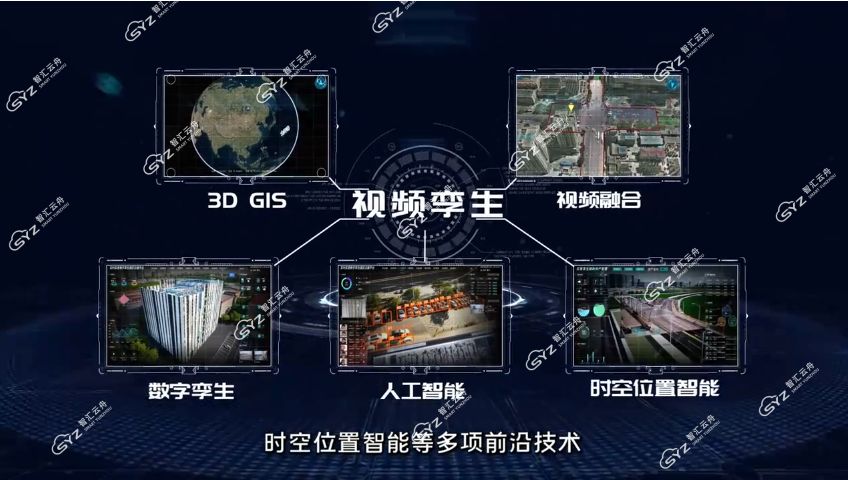
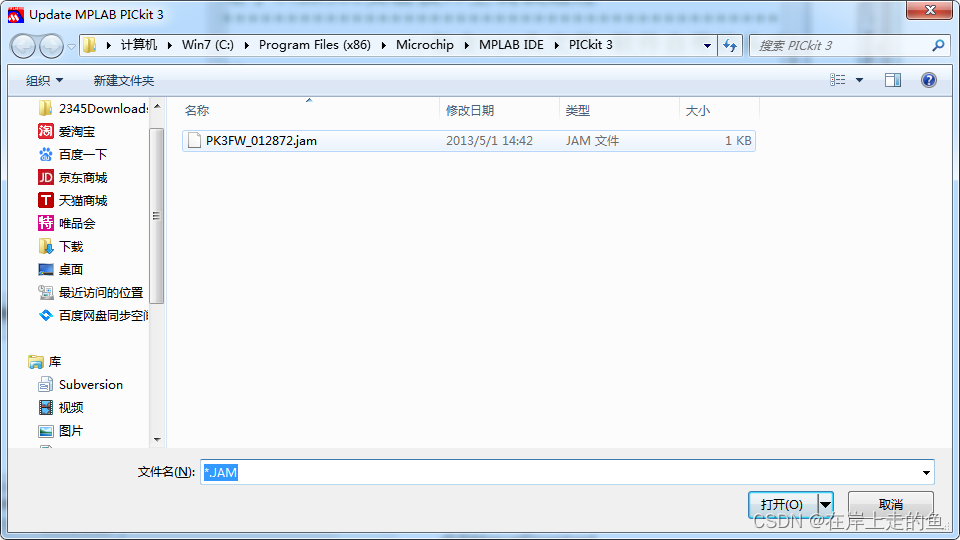
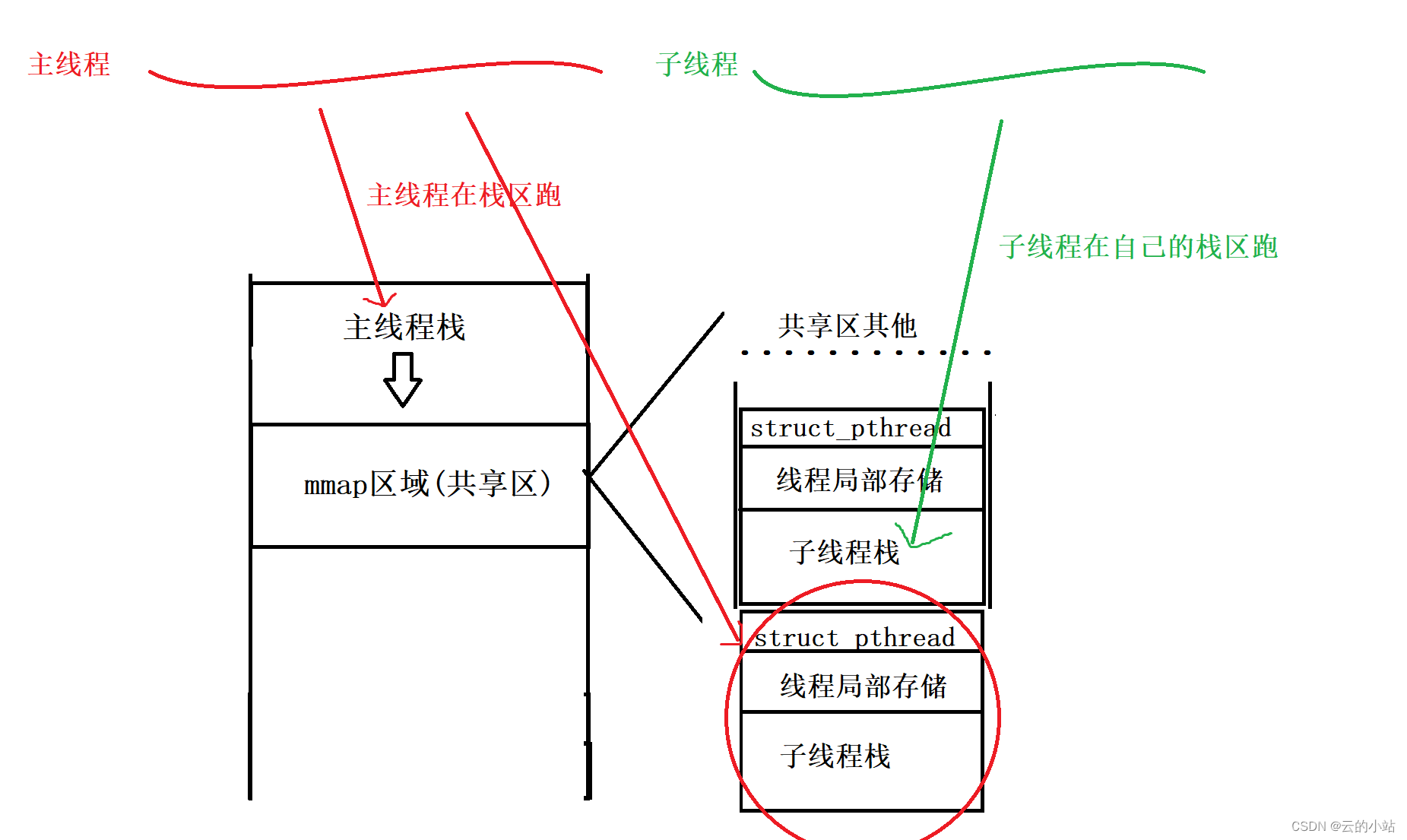
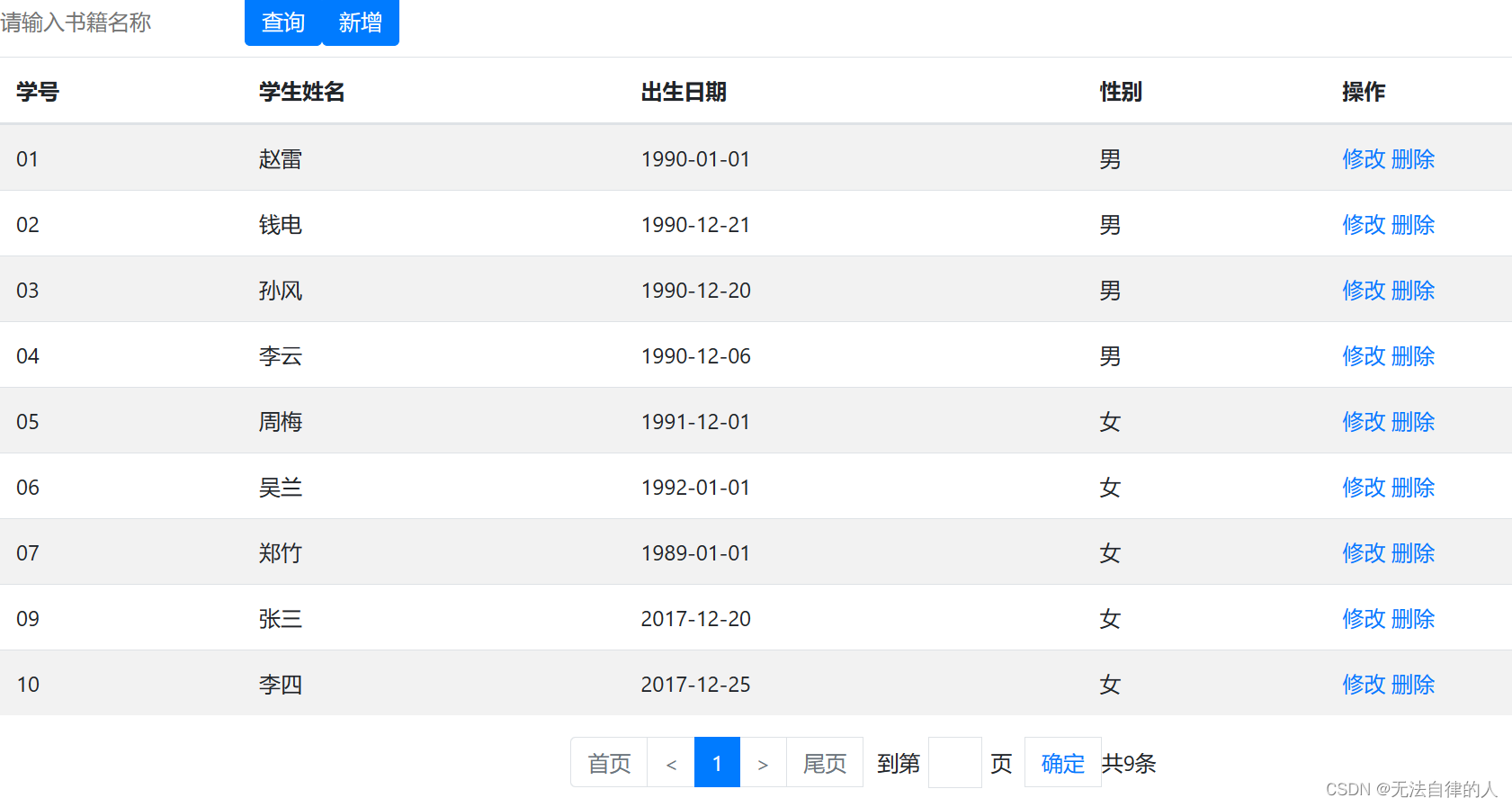



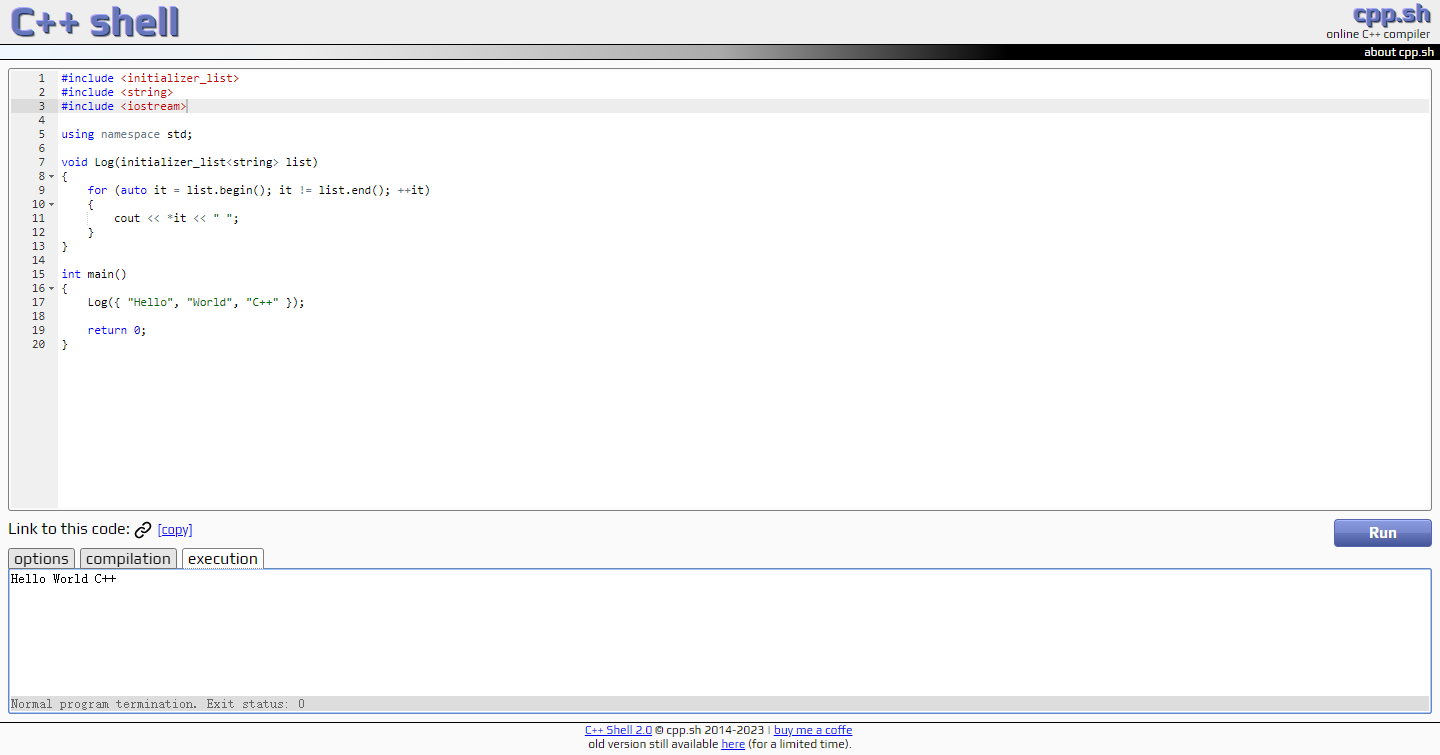


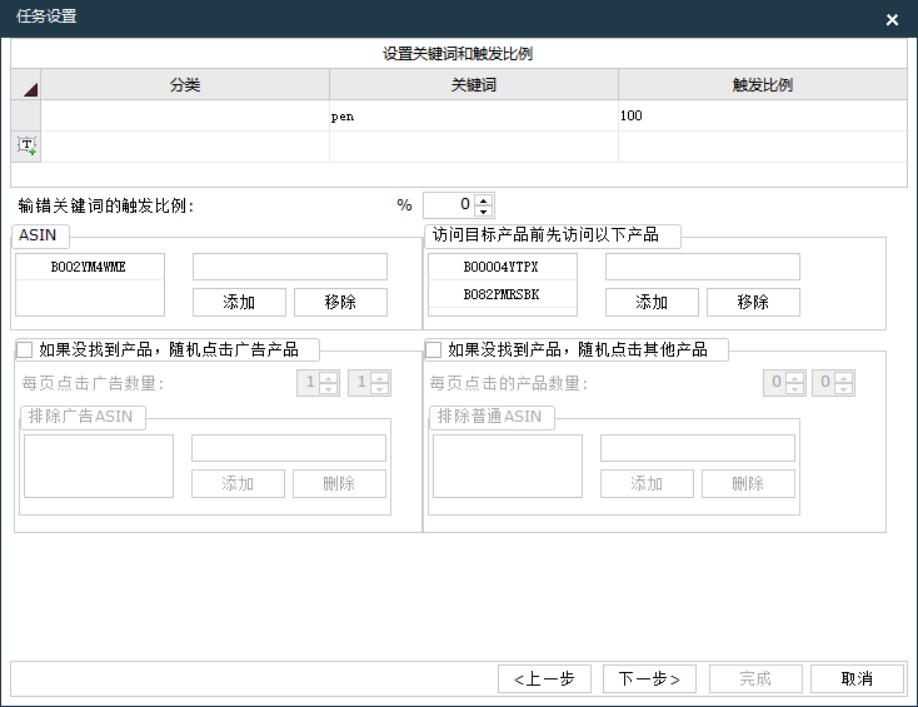
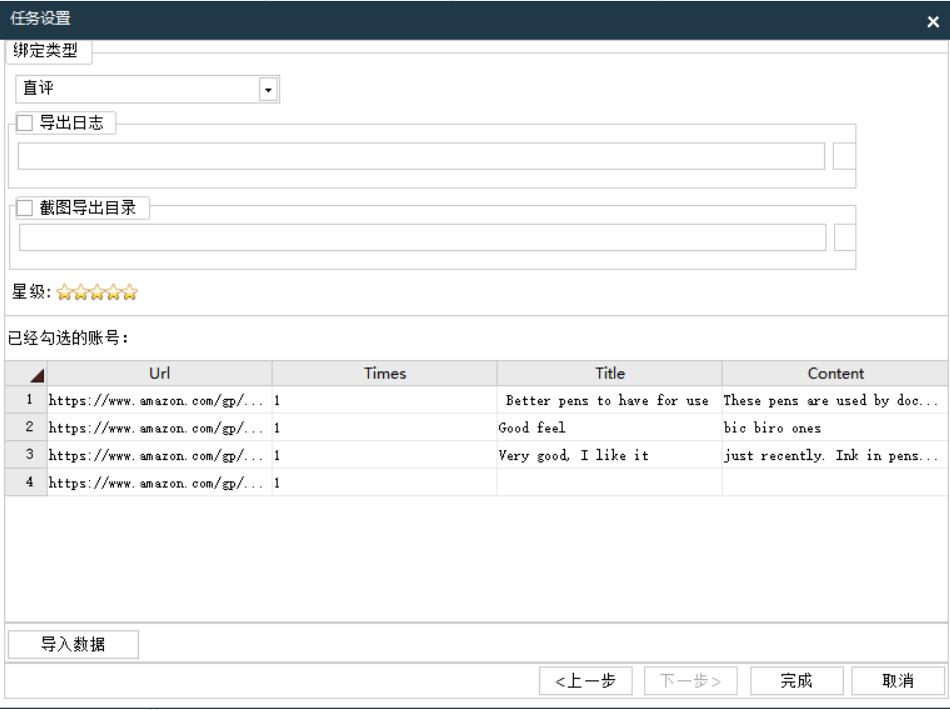
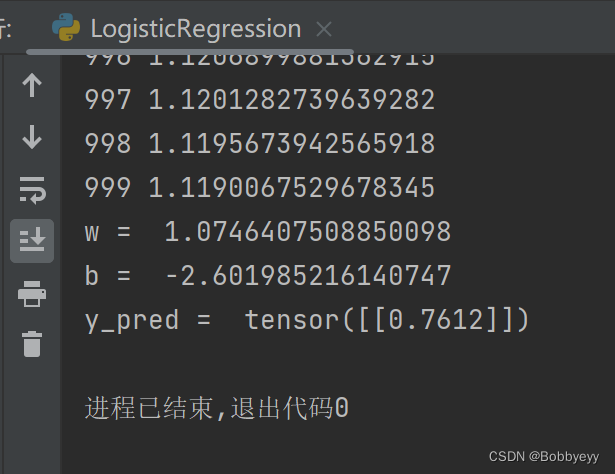
![[保研/考研机试] KY187 二进制数 北京邮电大学复试上机题 C++实现](https://img-blog.csdnimg.cn/2ba7c4a470d3470eac0849d5ede4a2df.png)
